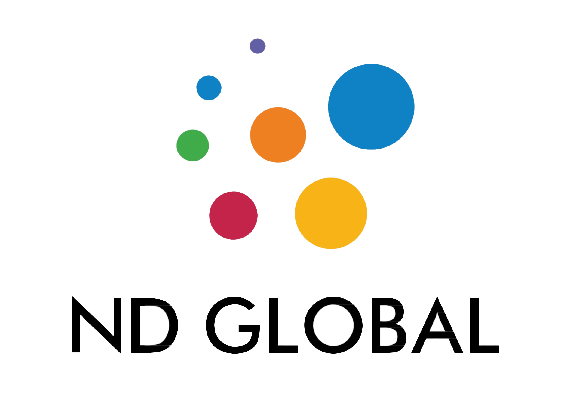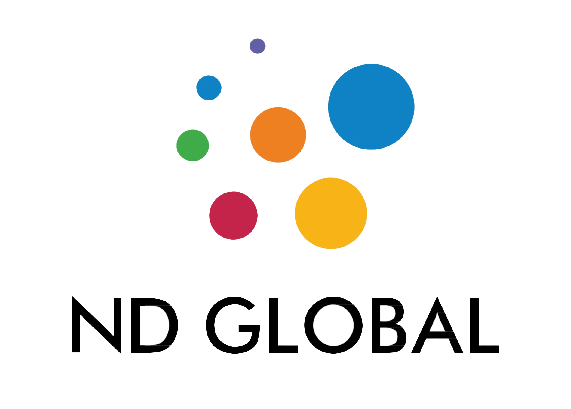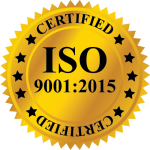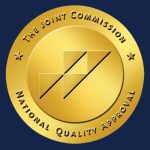In the competitive healthcare staffing industry, building and maintaining strong client relationships is essential for sustained business growth. Trust, communication, and delivering value are key factors that contribute to long-term partnerships and create opportunities for expansion. Here’s how fostering client relationships can drive business success in healthcare staffing:
1. Understanding Client Needs
Every healthcare facility has unique requirements, from specific skill sets to flexible scheduling. Taking the time to understand these needs ensures tailored staffing solutions, leading to client satisfaction and loyalty. Conducting regular check-ins, needs assessments, and feedback sessions builds trust and helps in aligning services with client expectations.
2. Delivering Quality Talent
Providing qualified and reliable healthcare professionals is fundamental to building credibility. Using robust screening processes, continuous training, and credential verification helps meet industry standards and ensures clients receive top-tier candidates. A focus on quality boosts a staffing agency’s reputation and encourages repeat business.
3. Enhancing Communication
Transparent and consistent communication strengthens client relationships. Offering real-time updates on staffing progress, promptly addressing concerns, and maintaining open lines of communication demonstrate reliability. Regular updates about industry trends or compliance changes can also position the agency as a trusted partner.
4. Leveraging Technology
Integrating technology such as applicant tracking systems (ATS), workforce management tools, and automated scheduling platforms streamlines the staffing process. Providing clients with easy-to-use portals for candidate selection or shift management enhances their experience and fosters long-term engagement.
5. Personalization and Customization
Clients value staffing solutions that cater specifically to their facility’s culture and operational requirements. Offering flexible agreements, personalized service packages, and adaptable scheduling models ensures that clients feel understood and prioritized.
6. Focusing on Compliance and Risk Management
Ensuring compliance with healthcare regulations and staffing standards is critical. Demonstrating expertise in areas like credential management, labor laws, and industry certifications helps mitigate risks for clients and builds confidence in the staffing agency’s capabilities.
7. Building Long-Term Partnerships
Going beyond transactional relationships by investing in long-term partnerships drives sustainable growth. This involves regular performance reviews, gathering feedback, and acting on suggestions to improve service delivery. A commitment to continuous improvement reassures clients of your dedication to their success.
8. Offering Value-Added Services
Providing additional services such as workforce planning, market insights, or onboarding support can set a staffing agency apart from competitors. Value-added offerings demonstrate a deeper commitment to the client’s overall operational success.
9. Scaling Responsively
As client needs grow, the ability to scale staffing solutions without compromising quality is crucial. Building a robust talent pipeline and maintaining flexibility in service delivery allows agencies to meet evolving demands efficiently.
10. Measuring and Showcasing Impact
Providing metrics such as fill rates, employee retention, and client satisfaction scores reinforces the value delivered. Sharing these outcomes in client reports or case studies demonstrates accountability and commitment to excellence.
Conclusion
Strong client relationships are the cornerstone of business growth in healthcare staffing. By understanding client needs, delivering quality talent, and enhancing communication, staffing agencies can foster trust and loyalty. Leveraging technology, offering personalized solutions, and ensuring compliance further strengthen partnerships. These strategies not only drive repeat business but also position agencies for expansion in a competitive market.










